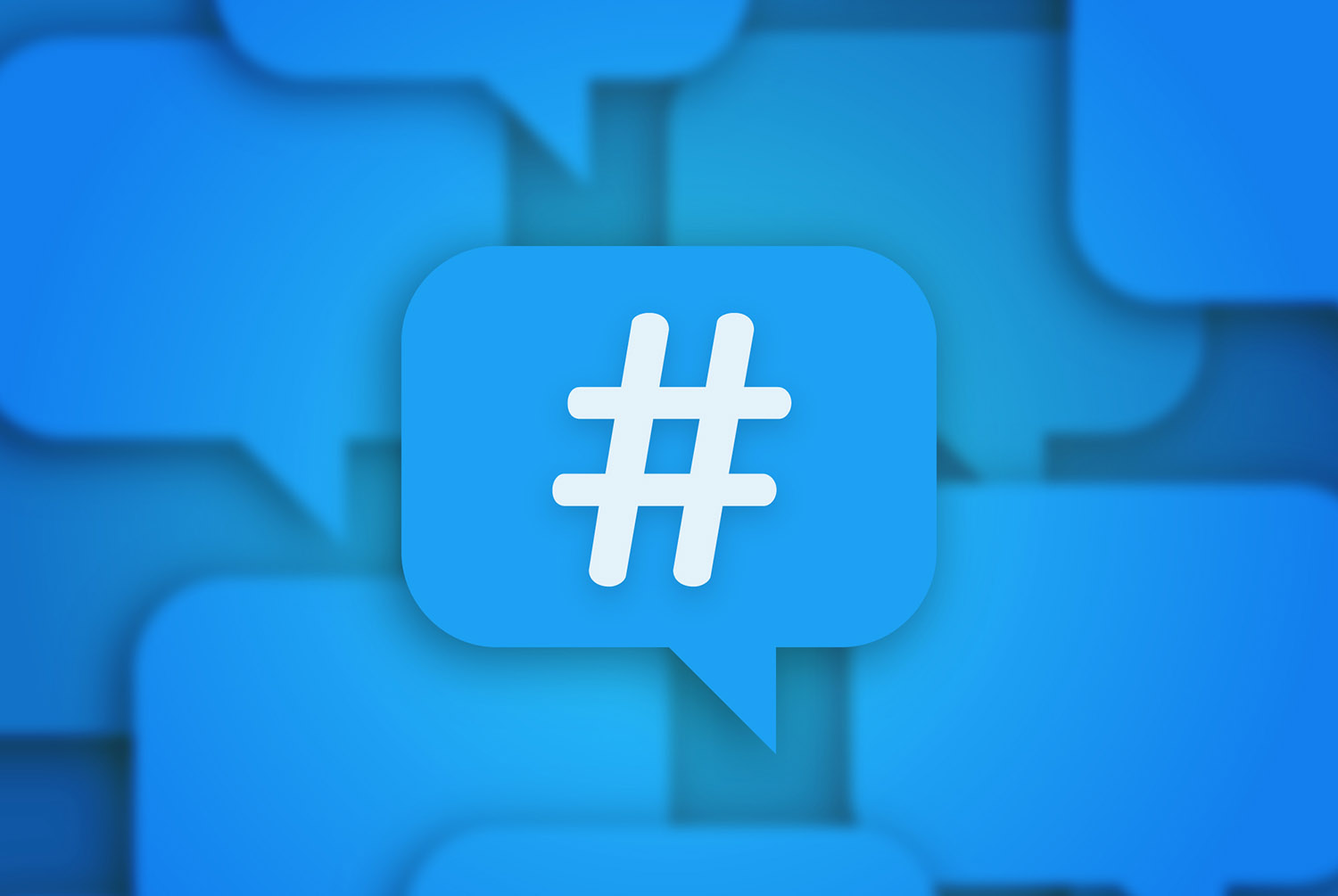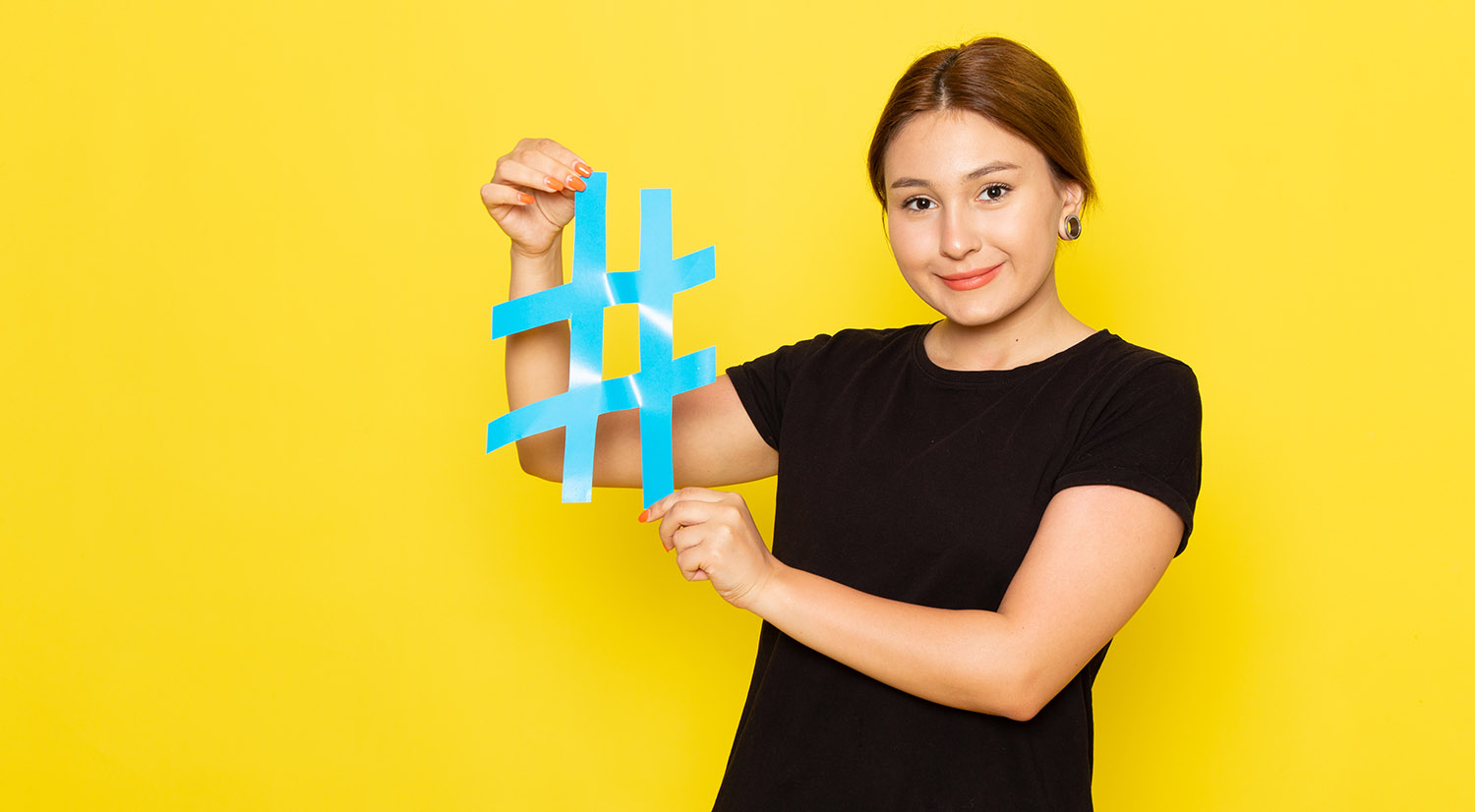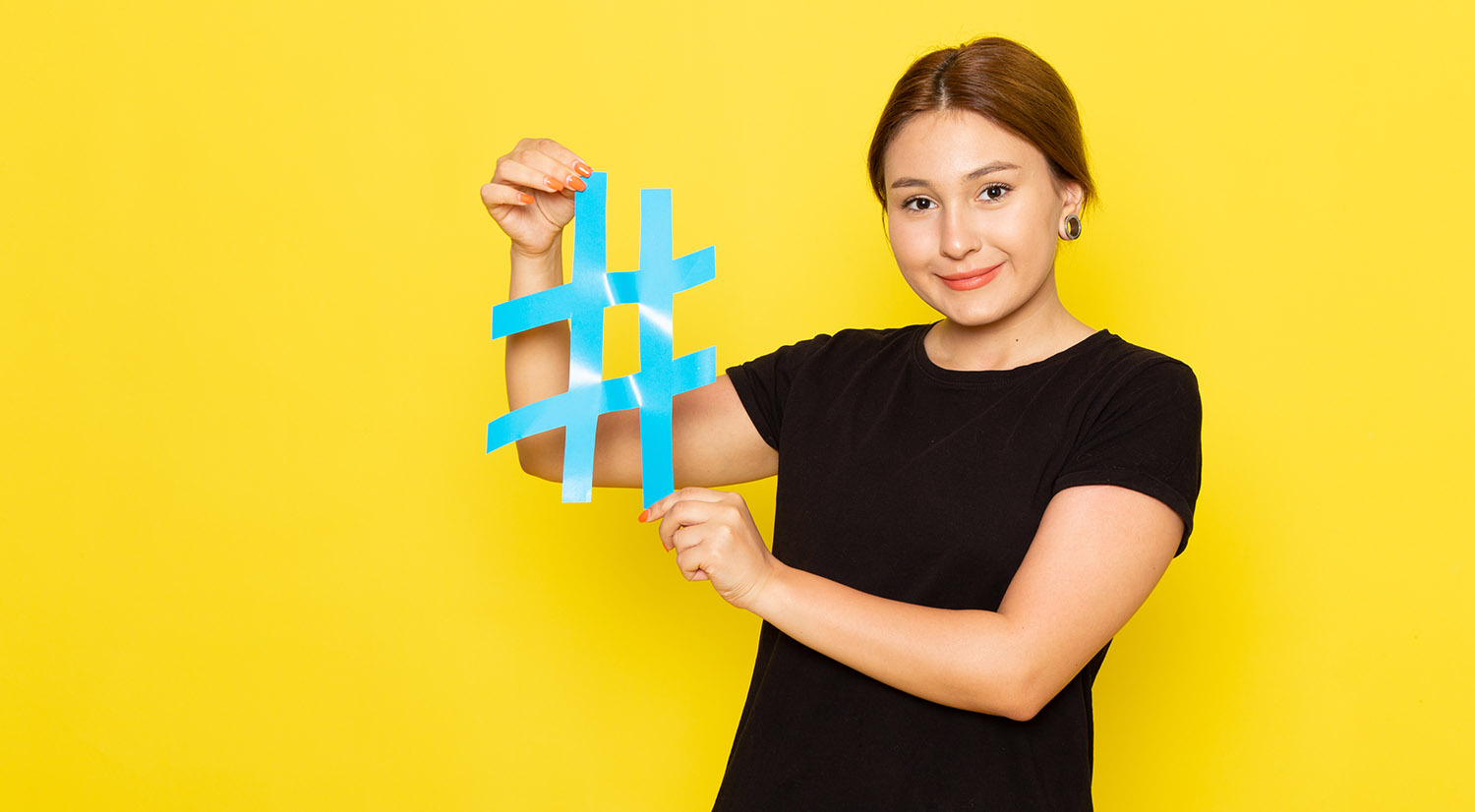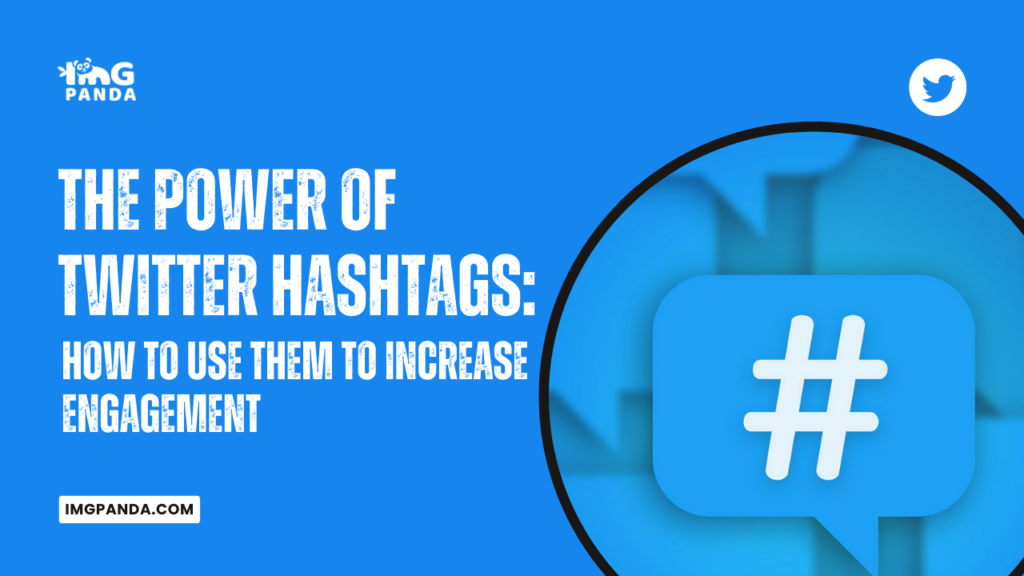Introduction
Twitter is a social media platform that allows users to share messages, also known as tweets, with their followers. With millions of active users and a constant stream of information being shared every minute, it can be difficult to get your tweets noticed. This is where Twitter hashtags come in - they are a powerful tool that can help increase engagement and visibility for your tweets. For this purpose, if you want to download the videos or content you can click here.
A Twitter hashtag is a keyword or phrase that is preceded by the pound sign (#). When a user includes a hashtag in their tweet, it becomes a clickable link that takes them to a feed of all other tweets that have used that same hashtag. This makes it easy for users to discover and engage with content that is relevant to their interests.
Using hashtags on Twitter is important for several reasons. First, they allow you to categorize your tweets and make them more discoverable to a wider audience. Second, hashtags can help you join in on conversations and trends that are already happening on the platform. And third, they can help increase engagement on your tweets by making them more visible to users who are interested in the same topics.
In this article, we will explore the power of Twitter hashtags and how to use them effectively to increase engagement on your tweets. We will discuss the different types of hashtags, how to find the right ones for your content, best practices for using hashtags, and the benefits of incorporating hashtags into your Twitter strategy. Additionally, we will provide examples of successful hashtag campaigns to inspire your own social media marketing efforts.
Also Read This: Simplifying Stock Photos: A Beginner’s Guide to Yay Images
Types of Twitter Hashtags
There are several types of hashtags that you can use on Twitter, each with a different purpose. Understanding the different types of hashtags and how to use them effectively can help you increase engagement and reach a wider audience. Here are some of the most common types of Twitter hashtags:
[caption id="attachment_192729" align="alignnone" width="1500"] Types of Twitter Hashtags[/caption]
Types of Twitter Hashtags[/caption]
Branded hashtags:
Branded hashtags are created by businesses or organizations to promote their brand and increase brand awareness. These hashtags can be used in all of their social media campaigns and marketing initiatives to help users recognize their brand and engage with their content. Examples of branded hashtags include #Coca-Cola's #ShareACoke and Nike's #JustDoIt.
Trending Hashtags:
Trending hashtags are the most popular hashtags on Twitter at any given time. They can be related to current events, holidays, or trending topics on social media. Using a trending hashtag can help your tweets reach a wider audience, but be sure to use them in a way that is relevant to your content. Examples of trending hashtags include #ThrowbackThursday and #NationalPizzaDay.
Community Hashtags:
Community hashtags are used to connect with other Twitter users who share similar interests. These hashtags can help you join in on conversations and connect with other users who are interested in the same topics. Community hashtags can be specific to a particular industry or niche, such as #EdTech or #Foodie.
Campaign Hashtag:
Campaign hashtags are used to promote a specific marketing campaign or event. They can be used to track engagement and measure the success of a particular campaign. Campaign hashtags should be unique and memorable to help users remember and engage with the campaign. Examples of campaign hashtags include Red Bull's #GivesYouWings and the ALS Association's #IceBucketChallenge.
Understanding the different types of Twitter hashtags and how to use them effectively can help you reach a wider audience, increase engagement, and promote your brand or campaign. When using hashtags, be sure to choose relevant and specific hashtags that are popular in your niche, but avoid overusing hashtags, as this can make your tweets appear spammy and decrease engagement.
Also Read This: 5 Simple Ways to Improve Your Website’s User Experience
How to Find the Right Twitter Hashtags
Finding the right Twitter hashtags can be a bit challenging, especially if you are new to Twitter or your niche. Here are some tips to help you find the right hashtags for your content:
[caption id="attachment_192730" align="alignnone" width="1500"] How to Find the Right Twitter Hashtags[/caption]
How to Find the Right Twitter Hashtags[/caption]
Research industry-specific hashtags:
Do some research to identify the hashtags that are commonly used in your industry or niche. You can start by looking at the hashtags used by your competitors or influencers in your industry. This will help you identify the hashtags that are most relevant to your audience and increase the chances of your tweets being seen by people who are interested in your content.
Use the Twitter search bar:
Use the Twitter search bar to find relevant hashtags related to your content. Simply type in a keyword related to your content and see what hashtags come up. This will help you discover new hashtags that you may not have thought of and expand your reach on Twitter.
Analyze competitors' hashtags:
Look at the hashtags that your competitors are using and analyze their engagement. Are they getting a lot of likes, retweets, or comments on their tweets that use those hashtags? If so, those hashtags may be worth using in your own content
Utilize hashtag tools:
There are several hashtag tools available that can help you find relevant hashtags for your content. Some popular ones include, DownloaderBaba Hashtag Generator, Hashtagify, RiteTag, and TweetDeck. These tools can help you identify popular and trending hashtags in your niche, as well as provide analytics to measure the engagement of each hashtag.
When using hashtags, it's important to choose hashtags that are specific and relevant to your content. Avoid using overly generic hashtags that are used by everyone, as this will make it harder for your tweets to stand out. By using relevant and specific hashtags, you can increase the visibility of your content and reach a wider audience on Twitter.
Also Read This: How to Use Facebook Ads to Drive Traffic to Your Website
Best Practices for Using Twitter Hashtags
Using hashtags on Twitter can be an effective way to increase engagement and reach a wider audience, but it's important to use them correctly to avoid appearing spammy or irrelevant. Here are some best practices to keep in mind when using hashtags on Twitter. Here's a video demonstrating how to utilize hashtags effectively on Twitter.
Keep hashtags relevant:
Use hashtags that are relevant to your content and industry. This will make it easier for users who are interested in your content to find and engage with your tweets. Avoid using hashtags that are too general or unrelated to your content, as this can make your tweets appear spammy.
Don't overuse hashtags:
Using too many hashtags in your tweets can make them look spammy and decrease engagement. Stick to using 1-3 hashtags per tweet, and make sure they are relevant and specific to your content.
Be consistent:
Consistency is key when it comes to using hashtags on Twitter. Use the same hashtags across all of your social media platforms to increase the visibility and recognition of your brand or content.
Use clear and concise hashtags:
Make sure your hashtags are clear and concise. Avoid using long or complicated hashtags, as they can be difficult to read and remember. Stick to using simple and easy-to-read hashtags that are easy to remember.
Encourage followers to use hashtags:
Encourage your followers to use hashtags when engaging with your content. This will help increase engagement and visibility for your tweets, as well as create a sense of community around your brand or content.
By following these best practices, you can use hashtags effectively on Twitter to increase engagement and reach a wider audience. Remember to always use relevant and specific hashtags, avoid overusing hashtags, and encourage your followers to use hashtags when engaging with your content.
Also Read This: Does iStock accept AI images? Exploring the compatibility of AI-generated images with iStock.
Benefits of Using Twitter Hashtags
Using hashtags on Twitter can provide several benefits for your brand or content. Here are some of the main benefits of using Twitter hashtags:
[caption id="attachment_192731" align="alignnone" width="1500"] Benefits of Using Twitter Hashtags[/caption]
Benefits of Using Twitter Hashtags[/caption]
Increased engagement:
Using relevant and specific hashtags can increase engagement on your tweets. When users search for a hashtag that is relevant to your content, they are more likely to engage with your tweet by liking, commenting, or retweeting it.
Greater Visibility:
Hashtags can increase the visibility of your content on Twitter by making it easier for users to discover your tweets. When users search for a specific hashtag, they are presented with a feed of all tweets that use that hashtag, increasing the visibility of your content to a wider audience.
Improved brand awareness:
Using branded hashtags can help increase brand awareness and recognition. When users see your branded hashtag, they are more likely to remember your brand and engage with your content in the future.
Enhanced social listening:
Using hashtags can also help you monitor and track conversations related to your brand or industry. By searching for hashtags related to your content, you can monitor what people are saying about your brand, industry, or competitors, and use this information to improve your social media strategy.
Overall, using hashtags on Twitter can provide several benefits for your brand or content, including increased engagement, greater visibility, improved brand awareness, and enhanced social listening. By incorporating hashtags into your Twitter strategy, you can reach a wider audience and increase engagement with your content.
Also Read This: How to Delete Freepik Contributor Account: A Step-by-Step Guide
Examples of Successful Twitter Hashtag Campaigns
Twitter hashtags have been used in several successful social media campaigns, increasing engagement and raising awareness for various causes. Here are some of the most successful Twitter hashtag campaigns:
ALS Ice Bucket Challenge:
The ALS Ice Bucket Challenge was a viral campaign that encouraged people to pour a bucket of ice water over their heads and donate to the ALS Association. The campaign went viral on social media, with people using the hashtag #IceBucketChallenge to share their videos and challenge others to participate. The campaign raised over $115 million for ALS research and increased awareness of the disease.
#MeToo Movement:
The #MeToo movement was a social media campaign that encouraged people to share their experiences with sexual harassment and assault. The campaign went viral on social media, with people using the hashtag #MeToo to share their stories and support others who had experienced similar situations. The campaign raised awareness for the issue and led to changes in policies and attitudes towards sexual harassment.
#ShareACoke Campaign:
The #ShareACoke campaign was a marketing campaign by Coca-Cola that encouraged people to share a Coke with someone they know and love. The campaign went viral on social media, with people using the hashtag #ShareACoke to share photos of themselves with personalized Coca-Cola bottles. The campaign increased sales and awareness for Coca-Cola and created a sense of community around the brand.
#OscarsSoWhite:
The #OscarsSoWhite campaign was a social media campaign that criticized the lack of diversity in the nominees for the Academy Awards. The campaign went viral on social media, with people using the hashtag #OscarsSoWhite to share their opinions and call for change in the film industry. The campaign led to changes in the Academy's policies and increased awareness of diversity and representation in the film industry.
These successful Twitter hashtag campaigns show the power of social media in raising awareness and creating change. By using hashtags effectively, brands and individuals can increase engagement, raise awareness, and create a sense of community around their content or cause.
[caption id="attachment_192732" align="alignnone" width="1500"] Examples of Successful Twitter Hashtag Campaigns[/caption]
Examples of Successful Twitter Hashtag Campaigns[/caption]
Also Read This: Artistic Adventures: Create and Share Art on DeviantArt
FAQs
What is a Twitter hashtag?
A Twitter hashtag is a keyword or phrase preceded by the pound sign (#). When a user includes a hashtag in their tweet, it becomes a clickable link that takes them to a feed of all other tweets that have used that same hashtag.
Why is using hashtags on Twitter important?
Using hashtags on Twitter is important because it allows you to categorize your tweets and make them more discoverable to a wider audience. Hashtags can also help you join in on conversations and trends that are already happening on the platform, and they can help increase engagement on your tweets.
What are the different types of Twitter hashtags?
The different types of Twitter hashtags include branded hashtags, trending hashtags, community hashtags, and campaign hashtags.
How can I find the right Twitter hashtags for my content?
To find the right Twitter hashtags for your content, you can research industry-specific hashtags, use the Twitter search bar, analyze competitors' hashtags, and utilize hashtag tools.
What are some best practices for using Twitter hashtags?
Some best practices for using Twitter hashtags include keeping hashtags relevant, not overusing hashtags, being consistent, using clear and concise hashtags, and encouraging followers to use hashtags.
What are the benefits of using Twitter hashtags?
The benefits of using Twitter hashtags include increased engagement, greater visibility, improved brand awareness, and enhanced social listening.
Also Read This: How to Create a Successful Influencer Marketing Campaign
Pros and Cons
| Pros | Cons |
| Increased Engagement | Overusing hashtags can appear spammy and decrease engagement |
| Greater Visibility | Using irrelevant hashtags can make your content difficult to discover |
| Improved brand awareness | Hashtags can be overused and lose their effectiveness |
| Enhanced social listening | Choosing the wrong hashtags can damage your brand reputation |
| Increased Reach | Hashtags can be hijacked by trolls or competitors to spread negative messages |
Conclusion
In conclusion, Twitter hashtags are a powerful tool for increasing engagement and visibility on social media. By using relevant and specific hashtags, you can reach a wider audience, connect with other users who are interested in the same topics, and promote your brand or content effectively. To find the right hashtags, it's important to research industry-specific hashtags, use the Twitter search bar, analyze competitors' hashtags, and utilize hashtag tools.
Using Twitter hashtags can provide several benefits for your brand or content, including increased engagement, greater visibility, improved brand awareness, and enhanced social listening. Successful Twitter hashtags campaigns such as the ALS Ice Bucket Challenge, the #MeToo movement, the #ShareACoke campaign, and the #OscarsSoWhite campaign demonstrate the power of hashtags in raising awareness and creating change.
When using hashtags, it's important to follow best practices such as keeping hashtags relevant, not overusing them, and encouraging followers to use them. By incorporating hashtags into your Twitter strategy and staying up-to-date with the latest trends and conversations on social media, you can effectively promote your brand, cause, or content on Twitter and increase engagement with your audience.
